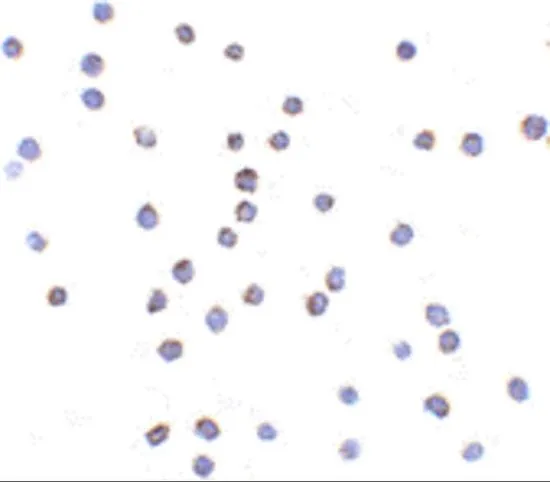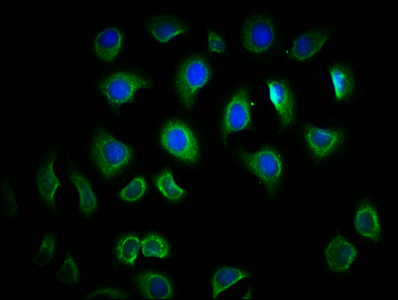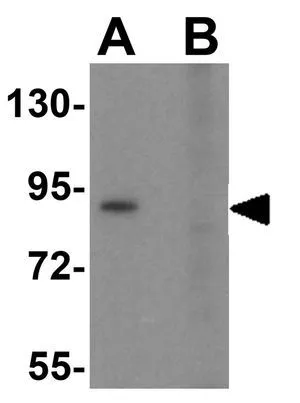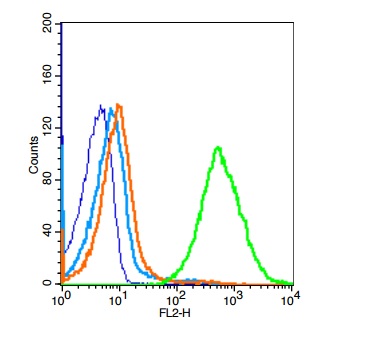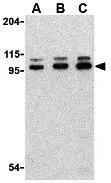
WB analysis of Jurkat cell lysate using GTX85074 TLR6 antibody. Working concentration : (A) 0.5, (B) 1, and (C) 2 microg/ml
TLR6 antibody
GTX85074
ApplicationsImmunoFluorescence, Western Blot, ELISA, ImmunoCytoChemistry
Product group Antibodies
TargetTLR6
Overview
- SupplierGeneTex
- Product NameTLR6 antibody
- Delivery Days Customer9
- Application Supplier NoteWB: 0.5 - 2 microg/mL. *Optimal dilutions/concentrations should be determined by the researcher.Not tested in other applications.
- ApplicationsImmunoFluorescence, Western Blot, ELISA, ImmunoCytoChemistry
- CertificationResearch Use Only
- ClonalityPolyclonal
- Concentration1 mg/ml
- ConjugateUnconjugated
- Gene ID10333
- Target nameTLR6
- Target descriptiontoll like receptor 6
- Target synonymsCD286, toll-like receptor 6
- HostRabbit
- IsotypeIgG
- Protein IDQ9Y2C9
- Protein NameToll-like receptor 6
- Scientific DescriptionToll-like receptors (TLRs) are evolutionarily conserved pattern-recognition molecules resembling the toll proteins that mediate antimicrobial responses in Drosophila. These proteins recognize different microbial products during infection and serve as an important link between the innate and adaptive immune responses (1,2). The TLRs act through adaptor molecules such as MyD88 and TIRAP to activate various kinases and transcription factors (3) so the organism can respond to potential infection. TLR6 was first identified as a close homolog of TLR1, sharing 69% sequence identify (4). Like TLR1, TLR6 can form heterodimers with TLR2, and these TLR6:TLR2 dimers coordinate macrophage activation by Gram-positive bacteria and the yeast cell wall particle zymosan (5). Activation of these complexes not only initiates pro-inflammatory cascades, but also can lead to apoptotic responses (6).
- Storage Instruction-20°C or -80°C,2°C to 8°C
- UNSPSC12352203

